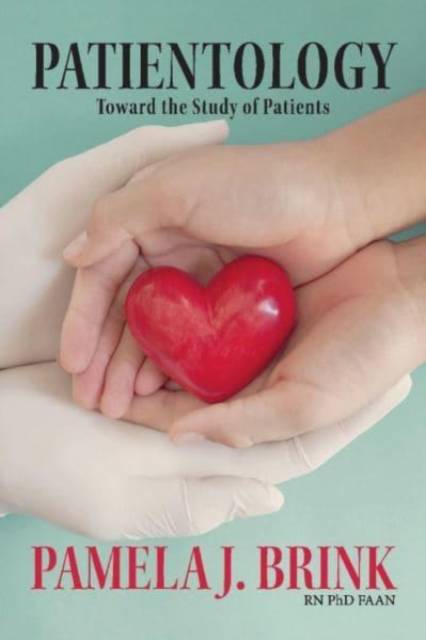
- Retrait gratuit dans votre magasin Club
- 7.000.000 titres dans notre catalogue
- Payer en toute sécurité
- Toujours un magasin près de chez vous
- Retrait gratuit dans votre magasin Club
- 7.000.0000 titres dans notre catalogue
- Payer en toute sécurité
- Toujours un magasin près de chez vous
Description
"Patientology: Toward the Study of Patients" is an in-depth look at how the patient is an integral part of the Health Care Delivery System (HCDS). The previous statement may be an odd one; of course, patients are pivotal to the industry, but they are being ignored and disregarded in alarming numbers. In fact, patients do not even appear in organizational charts--they are merely assumed to exist. This continues to be true in many instances, although innovations are periodically tested with enlightened focus on patient participation. When author and doctor Pamela Brink studied victimology in the 1970s, she quickly saw the relevance to her own patient and nursing experiences as well as the comparison of patients to victims in her studies. This includes an infinite number of stories that show patients' wishes being deliberately ignored or overturned. For instance, elderly patients in nursing homes may be neglected by staff. Physicians may make diagnoses without making sure their patients understand. Members of the LGBTQ community may not be allowed to visit their partners in critical care because they are not considered family. Most of us can recall times when we felt like helpless patient victims and when we most needed understanding. On the other hand, many of us also recall at least one truly positive patient experience. Technology, while innovative and timesaving, also removes the need and motivation to spend time learning about the patient beyond the intake questionnaires. Staffing issues and the time needed to manage the technology shortens the time clinicians have for patients. Now, instead of back rubs, there are electrified mattress pads that massage bed-ridden patients. This unique look at an often-ignored aspect of the HCDS focuses on the science of Patientology, the classification of a patient, the patient's role in the health care system, and much more. The main area of research must be what we can learn from the study of patients themselves.
Spécifications
Parties prenantes
- Auteur(s) :
- Editeur:
Contenu
- Nombre de pages :
- 96
- Langue:
- Anglais
Caractéristiques
- EAN:
- 9781098393137
- Date de parution :
- 18-10-21
- Format:
- Livre broché
- Format numérique:
- Trade paperback (VS)
- Dimensions :
- 152 mm x 229 mm
- Poids :
- 145 g

Les avis
Nous publions uniquement les avis qui respectent les conditions requises. Consultez nos conditions pour les avis.






